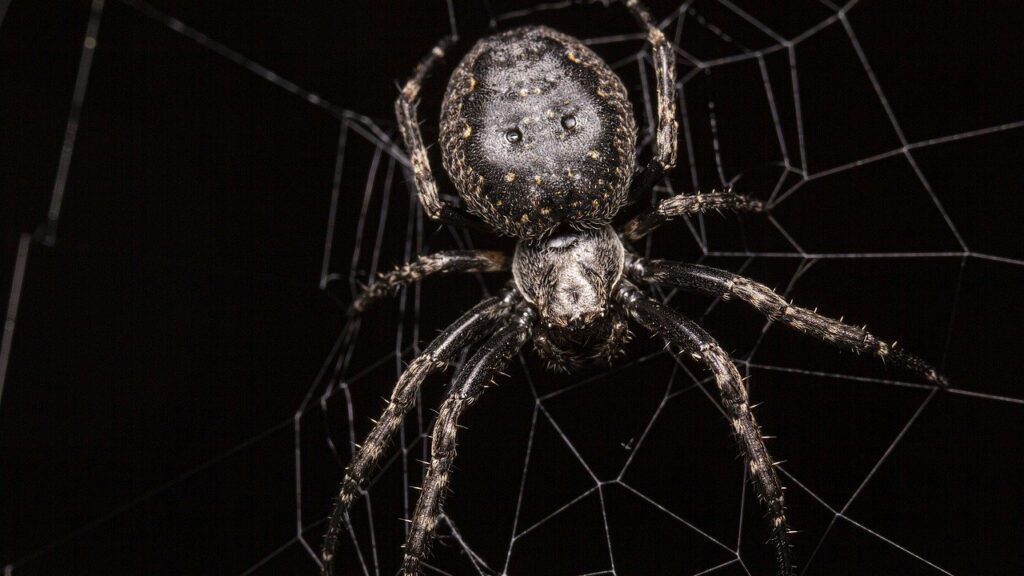
In the intricate world of arachnids, one marvel stands above all others: the extraordinary silk produced by certain spider species. While humans have engineered remarkable synthetic materials, nature has perfected a fiber that surpasses our best efforts in terms of tensile strength and elasticity. The Darwin’s bark spider (Caerostris darwini), discovered relatively recently in Madagascar, has claimed the title of spinning the world’s strongest silk—a material so impressive it outperforms steel, Kevlar, and virtually all other natural and synthetic fibers. This remarkable spider and its silk represent one of nature’s most astonishing engineering feats, offering insights into biomaterials that continue to inspire scientists and material engineers worldwide.
Discovery of Darwin’s Bark Spider
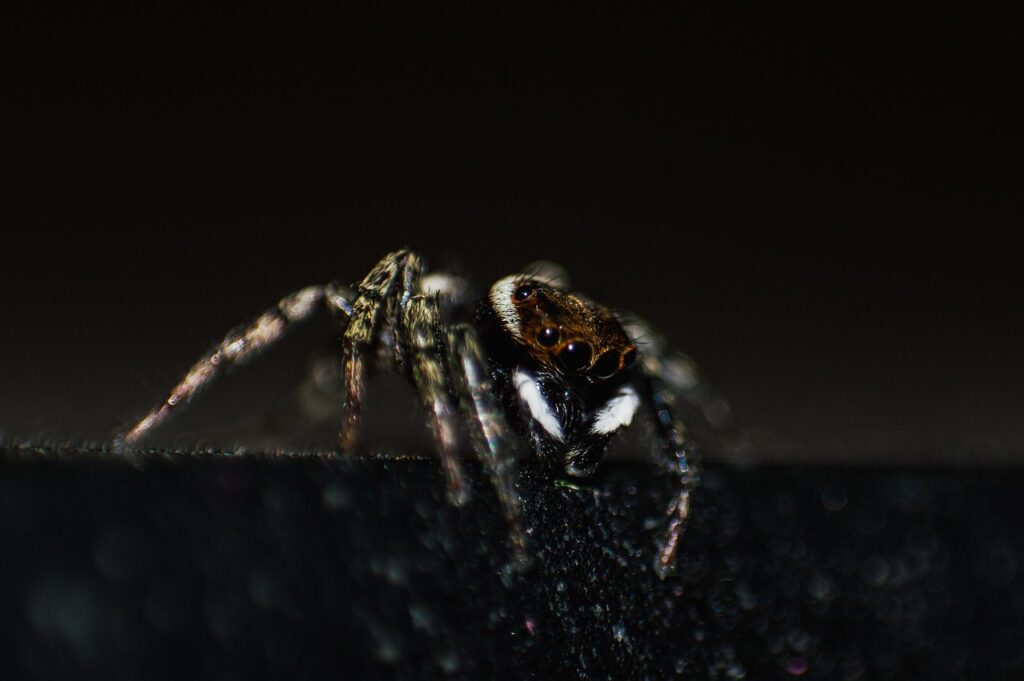
The Darwin’s bark spider was only formally described to science in 2010, making it a relatively recent discovery in the world of arachnology. Named after the famed naturalist Charles Darwin, this spider was first documented by scientists working in Madagascar’s dense rainforests. The research team, led by biologists Matjaž Kuntner and Ingi Agnarsson, was immediately struck by the enormous webs these spiders constructed across rivers and lakes. Their discovery represented not just a new species but also revealed an entirely new genus of orb-weaving spiders with unique adaptations. What made this finding particularly remarkable was how such a spectacular spider with extraordinary silk properties had remained undocumented by Western science until the 21st century, highlighting how much biodiversity remains to be discovered even today.
The Mechanical Properties of Darwin’s Bark Spider Silk
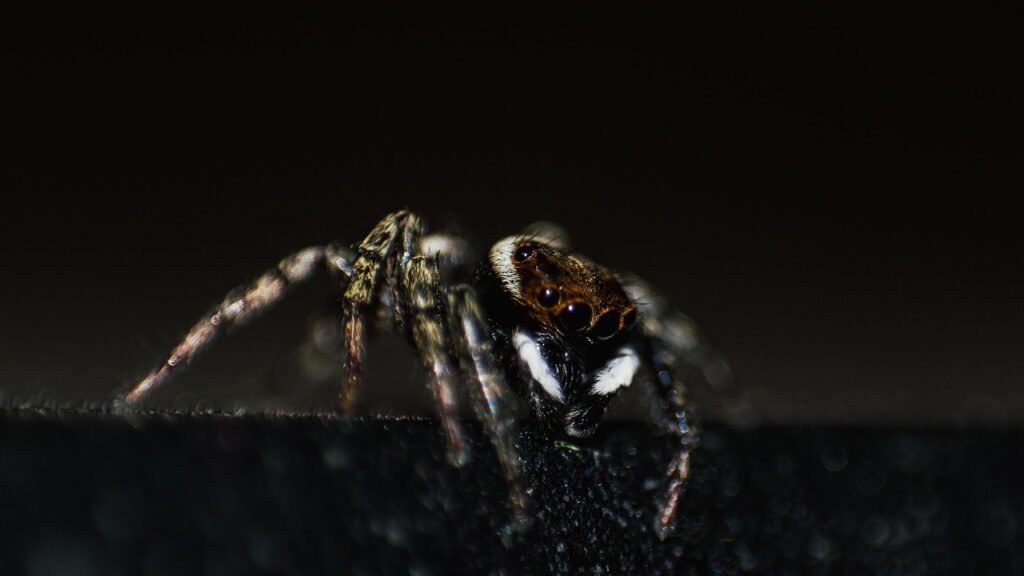
When researchers tested the silk of Darwin’s bark spider, they were astonished by its mechanical properties. This remarkable biological material can withstand ten times more force than Kevlar before breaking and is approximately twice as strong as any previously known spider silk. The tensile strength—measured by how much force the silk can withstand before breaking—exceeds 520 MJ/m³ (megajoules per cubic meter), making it the toughest natural fiber ever discovered. What’s even more impressive is the silk’s ability to stretch up to 40% of its length before breaking, combining incredible strength with remarkable elasticity. These properties create a material that, weight for weight, outperforms virtually all known materials, natural or synthetic, leading scientists to describe it as “the toughest biomaterial ever studied.”
Physical Characteristics of Darwin’s Bark Spider
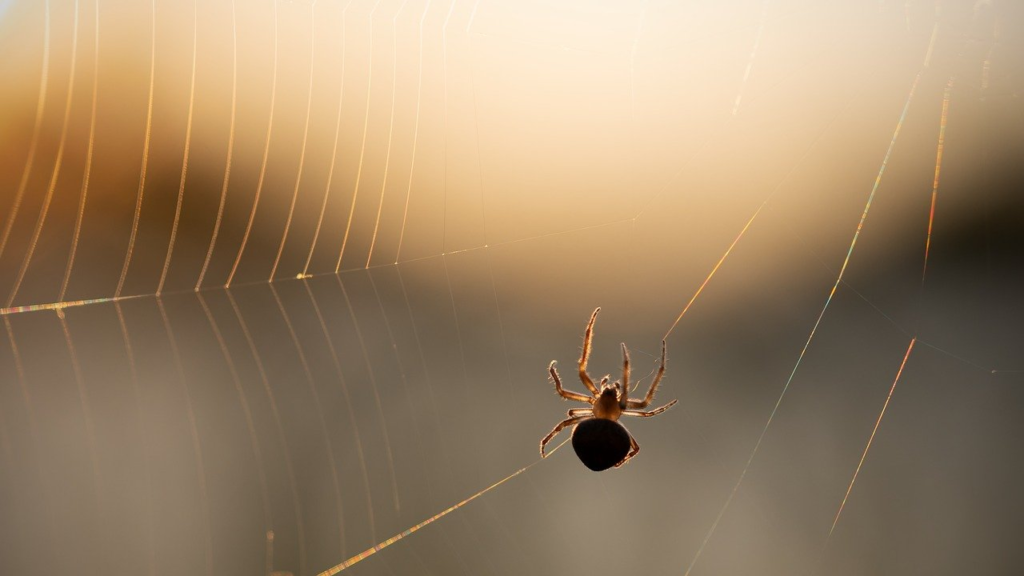
The Darwin’s bark spider displays significant sexual dimorphism, with females considerably larger than males, reaching body lengths of up to 2.5 centimeters including their legs. These spiders exhibit a mottled brown coloration that provides excellent camouflage against the bark of trees where they often rest during daylight hours. Their cephalothorax (the fused head and thorax section) features distinctive patterns that help identify them from related species. Perhaps most notable is their specialized spinneret anatomy—the organs responsible for producing their extraordinary silk, which have evolved specific adaptations that contribute to the unique properties of their silk. These physical traits combine to create a highly specialized predator perfectly adapted to its unique ecological niche in Madagascar’s riverine environments.
The Remarkable Web-Building Behavior

Darwin’s bark spiders construct the largest orb webs ever recorded in the spider world, with some webs spanning an astonishing 25 meters (82 feet) across rivers and lakes. The construction process begins with the spider releasing silk into the air, allowing the breeze to carry it across the water until it attaches to vegetation on the opposite bank. This “bridging silk” forms the foundation for the entire web structure. Once this initial bridge is established, the spider strengthens it by laying down multiple strands, creating a primary support cable strong enough to withstand the weight of the entire web. The spider then meticulously builds the characteristic orb pattern, working from the center outward, with the entire construction process taking several hours to complete. These architectural marvels represent one of the most impressive building behaviors in the animal kingdom.
Ecological Role and Habitat

Darwin’s bark spiders inhabit the tropical rainforests of Madagascar, specifically seeking out riverine environments where they can stretch their massive webs across water bodies. This unique ecological niche allows them to capture flying insects that use rivers as transit corridors, particularly mayflies and other aquatic insects during mass emergence events. By positioning their webs over water, these spiders avoid competition with other web-building spiders that primarily capture terrestrial insects. Their specialized habitat preference contributes to Madagascar’s complex food web, helping to control insect populations while themselves serving as prey for birds and other predators. The specific habitat requirements of these spiders make them particularly vulnerable to habitat loss as Madagascar continues to face significant deforestation pressures.
The Molecular Secret Behind the Strength

The exceptional strength of Darwin’s bark spider silk lies in its unique molecular structure and composition. Research has revealed that this silk contains specific protein arrangements with higher proportions of certain amino acids compared to other spider silks. The proteins form complex crystalline structures embedded within an amorphous matrix, creating a composite material with remarkable properties. Specifically, the alignment of beta-sheet nanocrystals within the silk fibers provides exceptional strength, while the amorphous regions contribute elasticity. Scientists have identified unique gene expressions that regulate the production of these specialized silk proteins. Advanced imaging techniques like atomic force microscopy have allowed researchers to visualize these nanostructures, revealing how nature has engineered this remarkable material at the molecular level.
Hunting and Feeding Strategies
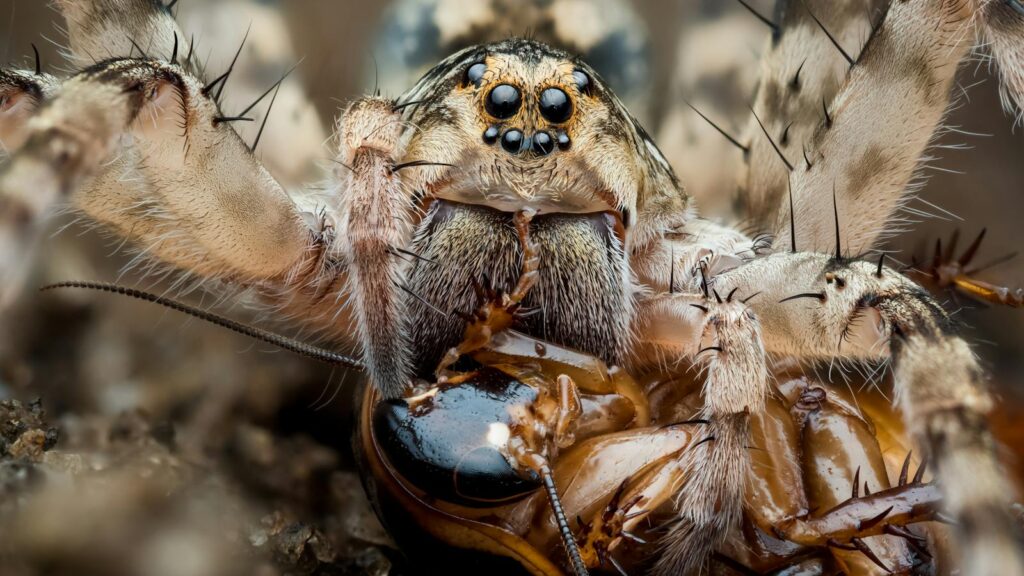
Darwin’s bark spiders employ a passive hunting strategy, relying on their enormous webs to intercept flying insects, particularly those that emerge from or travel over water bodies. When prey becomes entangled in the web, vibrations alert the spider, which rapidly approaches to subdue its catch. Unlike some spider species that rebuild their webs daily, Darwin’s bark spiders maintain their webs for extended periods, making repairs as needed. The spiders produce specialized silk types for prey wrapping, which differs in composition from the structural silk used in web construction. Interestingly, these spiders show a preference for larger flying insects, particularly mayflies and dragonflies, which provide substantial nutritional rewards worth the energy investment of silk production. Their hunting efficiency is critical to their survival, as the metabolic cost of producing such extraordinary silk requires significant energy input.
Reproduction and Life Cycle
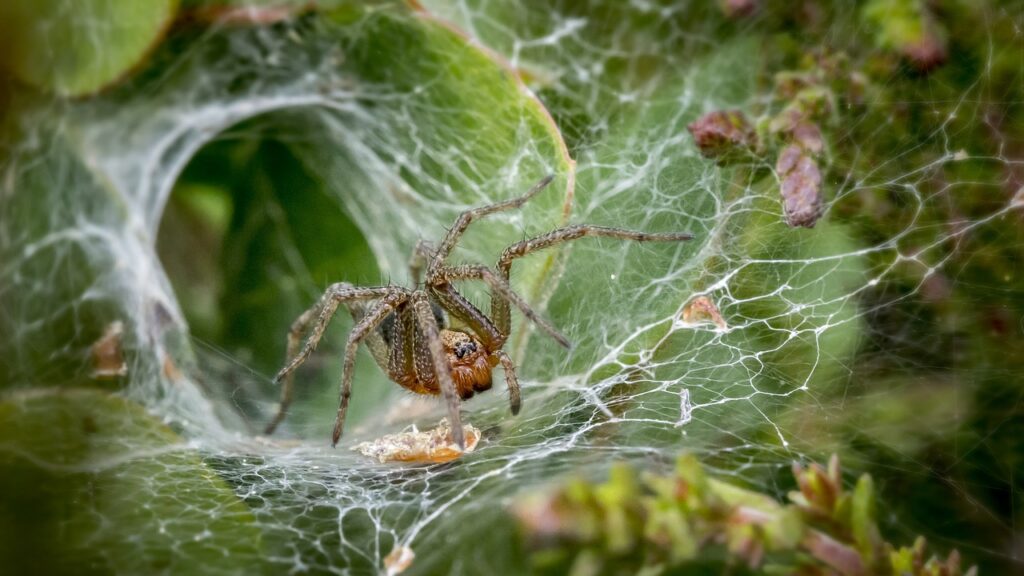
The reproduction of Darwin’s bark spiders involves complex courtship behaviors where males approach the much larger females with extreme caution. Males perform specific vibrational patterns on the female’s web, essentially “playing” the web like a musical instrument to signal their presence and intentions. After mating, females produce egg sacs containing hundreds of eggs, which they guard vigilantly until hatching. The spiderlings emerge fully capable of producing silk, albeit in much smaller quantities than adults, and disperse primarily through a behavior called “ballooning,” where they release silk threads into the air and allow themselves to be carried by wind currents. Growth occurs through a series of molts, with juveniles gradually developing the ability to produce the extraordinary silk that characterizes their species. The entire life cycle typically spans about one year in the wild.
Conservation Status and Threats
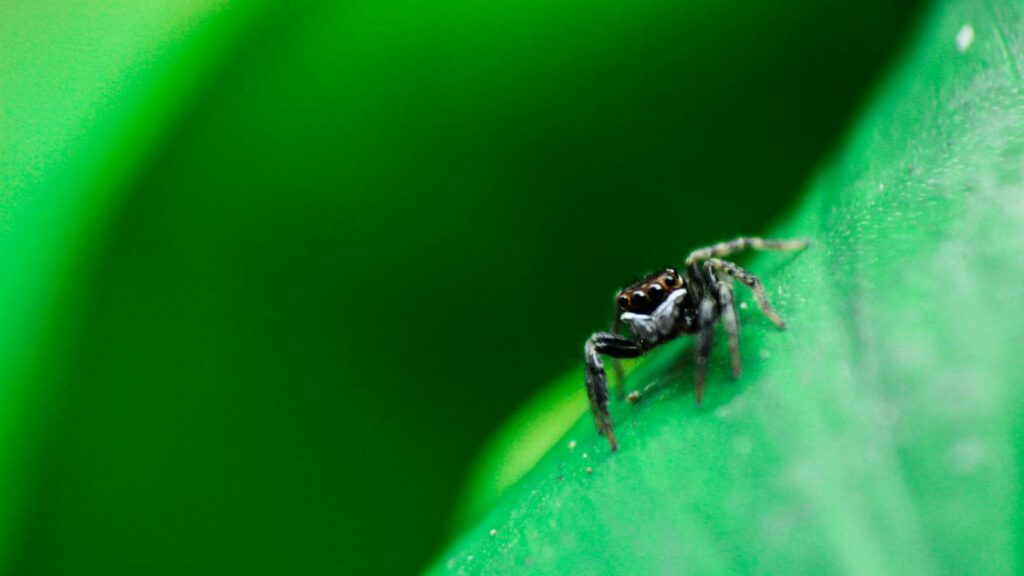
Despite having only been discovered in 2010, Darwin’s bark spiders already face significant conservation challenges. Madagascar has lost over 44% of its natural forest cover since the 1950s, severely impacting the riverine habitats these spiders depend on. Climate change presents another threat, as altered rainfall patterns affect the water bodies across which these spiders build their webs. Currently, the Darwin’s bark spider has not been formally assessed by the IUCN Red List, leaving its conservation status undetermined. The spider’s highly specialized ecological niche makes it particularly vulnerable to environmental changes, and researchers have noted declining populations in areas affected by human activity. Conservation efforts focus on protecting Madagascar’s remaining rainforest corridors, which provide critical habitat not just for these remarkable spiders but for countless other endemic species.
Biomimicry and Industrial Applications
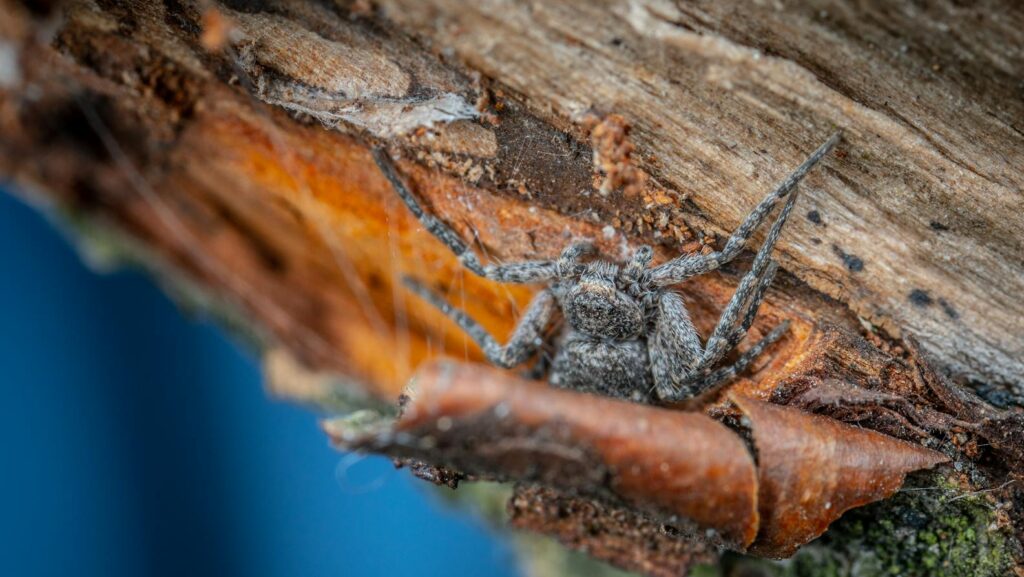
The extraordinary properties of Darwin’s bark spider silk have sparked intense interest in biomimicry research, with scientists working to replicate this material for industrial applications. Engineers are studying the molecular structure of the silk to develop synthetic fibers that could revolutionize industries from medicine to aerospace. Potential applications include ultra-strong, lightweight materials for body armor, vehicle components, and building materials that could significantly reduce weight while maintaining structural integrity. In medicine, similar silk-inspired fibers could create superior surgical sutures, artificial tendons, and scaffolds for tissue engineering. Despite decades of research, scientists have yet to fully replicate natural spider silk’s combination of strength and elasticity in a commercially viable way. The Darwin’s bark spider represents the gold standard that these biomimetic efforts strive to achieve.
Comparison to Other Strong Natural Materials
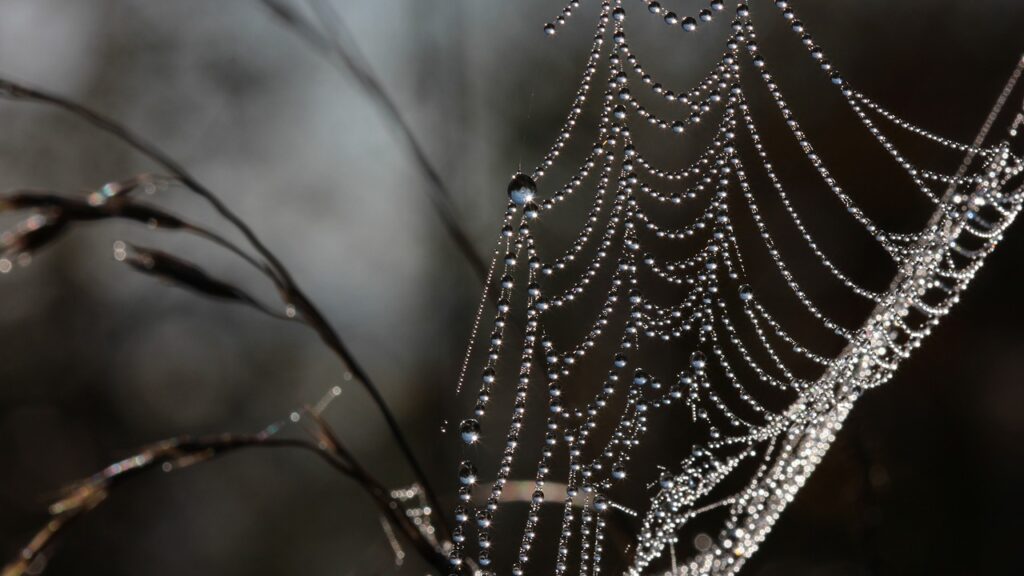
When compared to other remarkable natural materials, Darwin’s bark spider silk stands in a class of its own. Limpet teeth, previously considered the strongest natural material, have higher tensile strength but lack the elasticity that makes spider silk so remarkable. The silk outperforms dragline silk from golden orb-weaving spiders by approximately 100% in terms of toughness. Compared to man-made materials, this silk is ten times tougher than Kevlar and significantly stronger than steel of the same diameter. Even other impressive biological materials like the byssal threads that mussels use to anchor themselves to rocks don’t approach the combination of properties found in this extraordinary silk. What makes these comparisons even more remarkable is that spider silk achieves these properties while being produced at ambient temperatures and pressures, using water as a solvent—a feat that human manufacturing has yet to replicate.
Scientific Research Challenges

Studying Darwin’s bark spiders presents numerous challenges for researchers. Their remote habitat in Madagascar’s rainforests makes field research logistically difficult, requiring expeditions to often inaccessible locations. The spiders cannot be effectively cultivated in laboratory settings, as they require specific environmental conditions to produce their signature silk with its remarkable properties. Another significant challenge involves the small quantities of silk available for testing, as collecting sufficient amounts for comprehensive mechanical analysis requires painstaking effort. Researchers must also contend with the rapid degradation of silk properties once removed from natural conditions, necessitating specialized storage and handling protocols. Despite these obstacles, scientific interest remains high, with multidisciplinary teams combining expertise in biology, materials science, and engineering to unlock the secrets of this extraordinary natural material.
Future Directions in Spider Silk Research

The future of research into Darwin’s bark spider silk holds exciting possibilities across multiple scientific disciplines. Genetic engineering approaches may eventually allow scientists to insert modified spider silk genes into other organisms capable of producing larger quantities of similar proteins. Advanced computational modeling is helping researchers understand how the molecular structure translates to mechanical properties, potentially guiding the development of novel synthetic fibers. Environmental genomics studies aim to identify how habitat conditions influence silk production, potentially revealing how to optimize silk properties. Perhaps most intriguingly, ongoing exploration in Madagascar and other biodiversity hotspots may yet discover other spider species with even more remarkable silk properties. As technology advances, our understanding of this extraordinary material continues to deepen, promising innovations that could transform numerous industries in the coming decades.
Conclusion

The Darwin’s bark spider and its extraordinary silk represent one of nature’s most remarkable engineering achievements. This recently discovered species has expanded our understanding of what’s possible in biological materials, producing fibers that outperform virtually all known natural and synthetic materials. Beyond its fascinating biology, this spider offers valuable lessons about biodiverse habitats like Madagascar’s rainforests, which may contain countless other remarkable adaptations yet to be discovered. As scientists continue to study this remarkable arachnid, its silk may inspire new generations of advanced materials that mimic nature’s elegant solutions. In the meantime, conservation efforts to protect the unique habitats where these spiders live remain crucial to ensure that this natural marvel—and its extraordinary silk—continues to inspire scientific discovery for generations to come.
